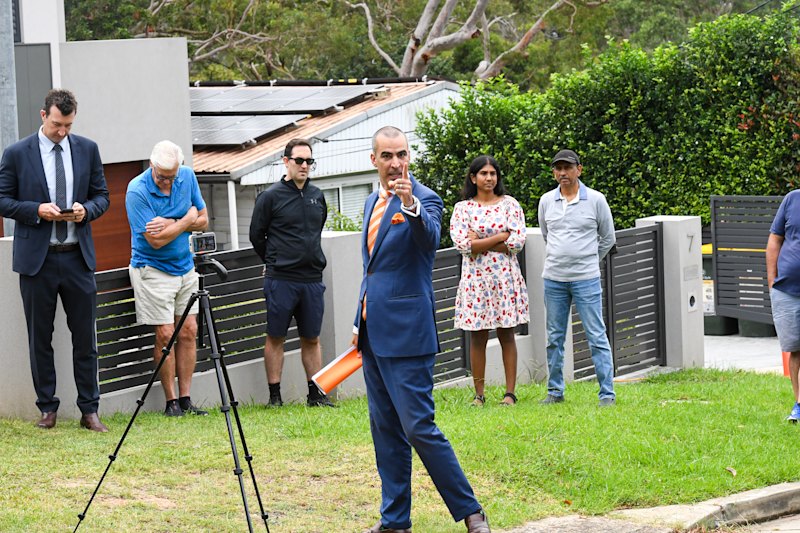Dr Nicola Powell weighs in on how the ACT budget will influence Canberra's property market
How does the ACT budget influence the Canberra property market?
Many first homebuyers have sacrificed the smallest luxury to be able to purchase their own home. For others, winning the lottery or a lump sum inheritance can seem as far-fetched as the notion of getting a foot on the ladder.
With the 2018 ACT budget throwing a lifeline to first homebuyers who are desperately wanting to break in to the Canberra property market, it appears Gen-Y may stop crying into their smashed avocado and instead will look forward to being the new cohort of entry-level buyers enjoying brunch in their own homes.
The policy change is in line with the NSW and Victoria initiatives that were introduced last year. A number of first homebuyers have flooded the market as a result. In Victoria, stamp duty has been abolished for new and established homes with a sale price below $600,000. In NSW the threshold is $650,000.
The ACT Government has proposed a slightly difference stance, by abolishing stamp duty on new and established homes for first homebuyers with a household income of less than $160,000. Once the ACT initiatives are introduced next year we can anticipate a similar outcome in NSW and Victoria.
In the meantime, we may see some first homebuyers delay their purchase, in order to reap the benefit of the new incentives next year.
First homebuyers are seemingly the winners in the recent ACT Budget. An initiative that sparks activity focussed on a particular segment of buyer comes with a consequence.
The NSW Government suite of incentives and grants specifically aimed at addressing housing affordability and activating first homebuyers has come at a cost to the purchaser and is welcomed by vendors.
Almost 23,000 first homebuyers have hopped on the property ladder in NSW since stamp duty was abolished. This equates to a whopping 76 per cent rise in loan activity compared to the year prior. With comparatively lower affordability hurdles in Melbourne compared to Sydney, the activation hasn’t been as stark. Almost 30,000 first homebuyers have become homeowners in Victoria, a participation rise of 37 per cent.
- Related article: Stamp duty abolition helps first home buyers enter established property market
- Related article: Stamp duty scrapped for first homes, government moves to grant cut
- Related article: ACT loans drop 17.1 per cent over the first three months of 2018
The NSW and Victorian state government incentives have clearly enabled a higher degree of home ownership, coupled with moderating prices, and fewer investors in the market to compete against. It could be considered these are the best purchasing conditions entry-level buyers have experienced in a number of years within the two markets.
We can learn from outcomes of the new initiatives in Sydney and Melbourne. The broader market has softened in the two cities, however, the areas at the lower price point have fared better, and in some cases continue to increase.
Ultimately, any grant or concession that distorts natural market behaviour will impact dynamics. Financial grants in the form of a cash boost tend to add to the purchase price. Seemingly, a similar outcome has ensued by removing stamp duty for entry-level buyers in Sydney and Melbourne.
Despite this, the new measures are a step towards addressing housing affordability. Abolishing stamp duty for new and established homes in the ACT will open a number of suburbs for prospective first homebuyers to consider, areas that previously were not eligible under the current concessions. It is imperative the territory responds by providing an appropriate, affordable and diverse array of housing supply that meets the needs of our rapidly expanding city.
We recommend
We thought you might like
States
Capital Cities
Capital Cities - Rentals
Popular Areas
Allhomes
More







